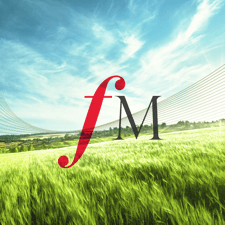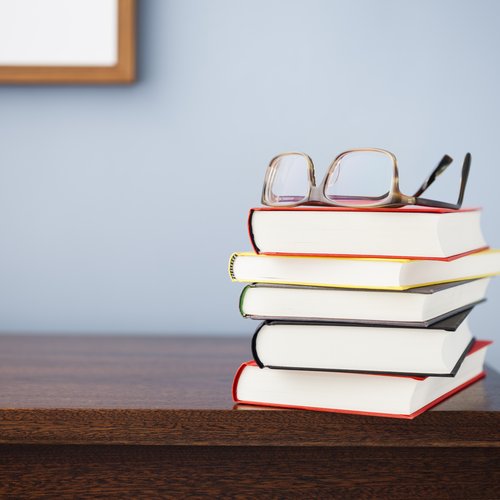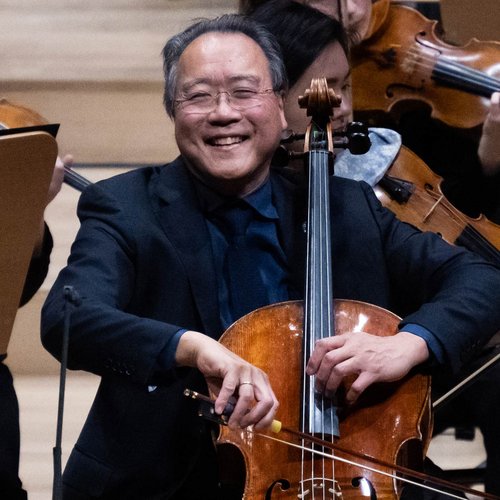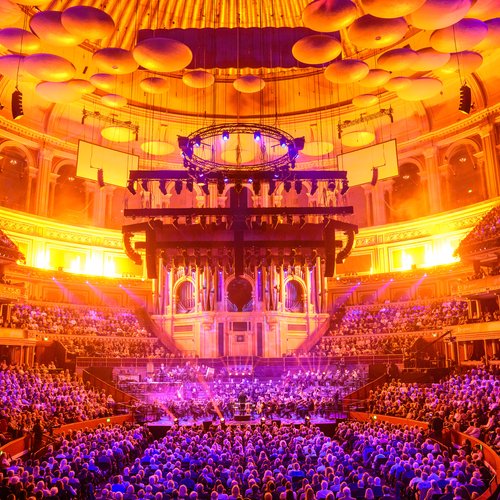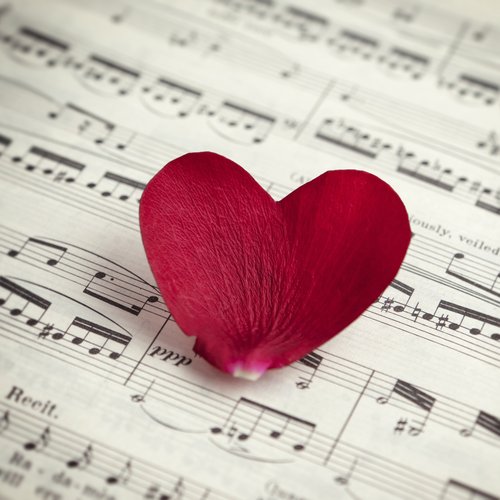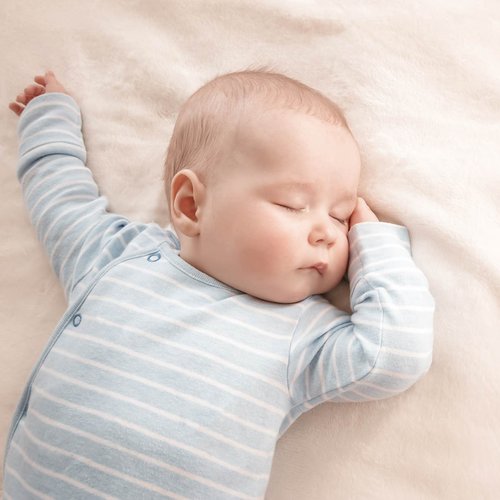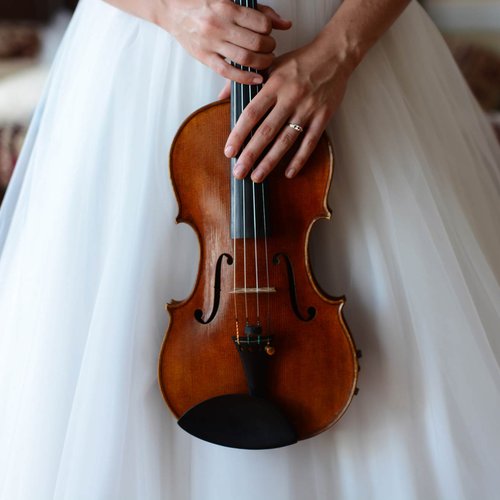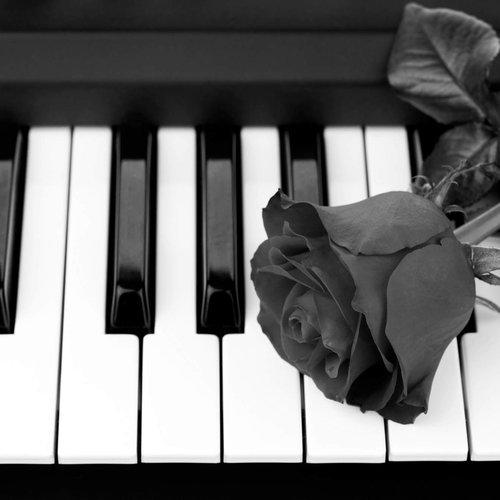Who invented the piano – and why does nobody remember him?
8 May 2019, 17:12 | Updated: 8 May 2019, 17:16

Meet the man who invented the most popular instrument in the world: Bartolomeo Cristofori.
The piano is one of the most popular and influential instruments ever invented. So you’d think the inventor would be a household name – like Alexander Graham Bell or Thomas Edison.
But no. The inventor of the keyboard instrument that inspired Beethoven, Rachmaninov and Liszt is a man you’ve probably never heard of.
Bartolomeo Cristofori was born in Padua in 1655. There’s very little record of him until, in 1688, he starts working for Prince Ferdinando de Medici (heir to one of the most powerful families in Tuscany).
By this time, he was already a musical instrument maker and technician. Ferdinando hired Cristofori to take care of his menagerie of musical instruments – and probably because he’d heard that Cristofori was a pretty cracking inventor too.

The very first piano
The very first mention of a piano is in an inventory of Ferdinando’s instruments from 1700. In Italian the entry lists
Un Arpicembalo di Bartolomeo Cristofori di nuova inventione, che fa' il piano, e il forte, a due registri principali unisoni, con fondo di cipresso senza rosa...
Or in English:
An "Arpicembalo" by Bartolomeo Cristofori, of new invention that produces soft and loud, with two sets of strings at unison pitch, with soundboard of cypress without rose..."
How did the piano get its name?
As you may have noticed, the phrase ‘produces soft and loud’ in the Italian is ‘che fa’ il piano, e il forte’. And that’s where the piano gets its name from, because it can play both piano and forte.
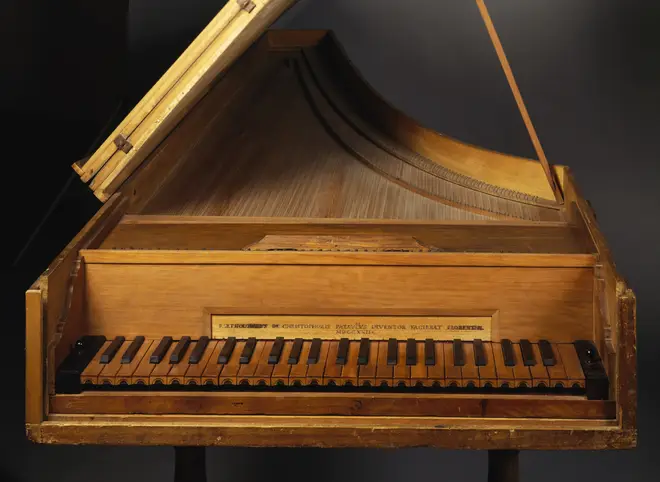
The very first pianos look quite different to modern instruments – there are no pedals, the keyboard is much shorter and the whole instrument is much smaller. If you heard one of these early pianos it would also sound very different – much quieter and much less resonant than a modern piano, such as a Steinway.
How does a piano make a sound?
Unlike a harpsichord – an earlier keyboard instrument – a piano’s sound is generated by hammers hitting tuned strings.
When a player presses a key, a damper releases the string and the hammer hits the string, creating the sound. When the player releases the key, the damper returns to the string stopping it vibrating.
The sustain pedal on the modern piano keeps the dampers lifted so that even when a player releases a note the string carries on vibrating and the sound lasts for longer.
Today’s modern piano use essentially the same hammer action as Cristofori’s very first instrument all those centuries ago.
Watch: Beethoven played on Beethoven’s own piano >
Why is the piano so popular?
The piano didn’t take off immediately – probably because it was incredibly complicated to build. (They still are – here’s a feature we did about the Steinway Piano factory in Hamburg).
But once composers began to champion the piano it soon became the most fashionable instrument of the day – and the dominant keyboard instrument – because of its volume, versatility and expressive possibilities.
Here are just some of our favourite pieces written for the piano >
